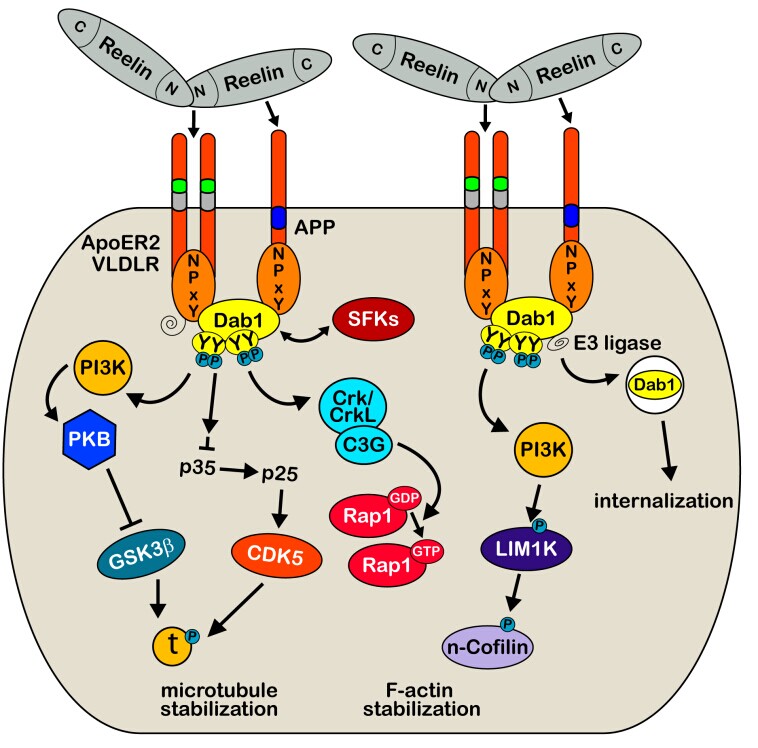
Such effects included improvement in mitochondrial condition and reduction in oxidative damage, neurogenesis and angiogenesis through secretion of neurotrophic factors, strengthening of synaptic function and neurotransmission function, increase of brain volume, epigenetic changes, partial reduction of amyloid pathology, and systemic effects of cardiovascular and neuroimmunoendocrine rejuvenation ( 12, 17, 19–21, 23–27). The effects of physical exercise were found to be multiple and acting at different levels of brain complexity. In recent years, different running strategies involving voluntary exercise (running wheel) or forced exercise (treadmill) have been assayed in aging and AD animal models to study the ability of physical exercise to offset progressive neuropathological processes and age-related dementia ( 12, 17–22). However, there is no consensus on the possible therapeutic value of physical exercise in advanced stages of dementia. Cognitive benefits of aerobic exercise are well documented in older adults, including short-term interventions of 3 months ( 16). Several data suggest that unhealthy diet and lifestyle can play an important role in developing sporadic AD ( 13), irrespective of the significant role played by genetic factors, and physical exercise may have a major preventive value ( 14, 15). Many studies showed increased oxidative stress in AD brains ( 9, 10) and AD experimental models ( 11, 12), although the link between amyloid and tau pathology is not well understood. The brain is very sensitive to oxidative stress because of its high metabolic activity, high density of oxidizable substrates, and relatively low antioxidant defense. Similarly, increased lipid and protein oxidative damage was shown in lymphocyte mitochondria of AD patients ( 8). Protein oxidative damage in peripheral blood is a proposed biomarker of age-related decline and severe dependence ( 7).

Furthermore, resistance against protein damage is associated with longevity in a range of mammal and avian species ( 6). There is an association between oxidative stress markers and all-cause mortality ( 5). Moreover, a shortening of telomeres was reported in isolated mouse muscle fibers submitted to an oxidative injury ( 4).

Increased mitochondrial oxidative damage has been found to be related to sarcopenia in skeletal muscle ( 3).
Pathological aging free#
As stated in the free radical theory of aging, there is a general progressive imbalance (in favor of the former) between the generation of intracellular reactive oxygen species and the levels of antioxidant defenses, that is the major determinant of lack of functionality, pathological changes, and ultimately the death of the individual ( 2) Mitochondria are particularly vulnerable to oxidative damage and are central to the theory of aging. The mechanisms triggering brain pathological aging are unknown, although oxidative stress is one deleterious process common to both brain aging and AD ( 1). Age is the principal risk factor for sporadic AD, the most common form of the disease compared to less than 5% of cases of inherited familial AD. This study corroborates the importance of redox mechanisms in the neuroprotective effect of physical exercise, and supports the theory of the crucial role of oxidative stress in the switch from normal brain aging to pathological aging and AD.Īlzheimer’s disease, 3xTg-AD mice, Physical exercise, Oxidative stress, Behavior tests, Cognition, Amyloid βPhospho-tau.Īlzheimer’s disease (AD) is considered the major cause of dementia in the elderly. Network analyses showed that oxidative stress was a central event, which correlated with AD-like pathology and the AD-related behaviors of anxiety, apathy, and cognitive loss. However, this damage was decreased by physical exercise through regulation of redox homeostasis. Brain tissue analysis of aged 3xTg-AD mice showed high levels of oxidative damage. Mice submitted to exercise showed improved body fitness, immunorejuvenation, improvement of behavior and cognition, and reduced amyloid and tau pathology. We have examined its therapeutic value in the advanced stage of AD-like pathology in 3xTg-AD female mice through voluntary wheel running from 12 to 15 months of age. Physical exercise is suggested for preventing or delaying senescence and Alzheimer’s disease (AD).


 0 kommentar(er)
0 kommentar(er)
